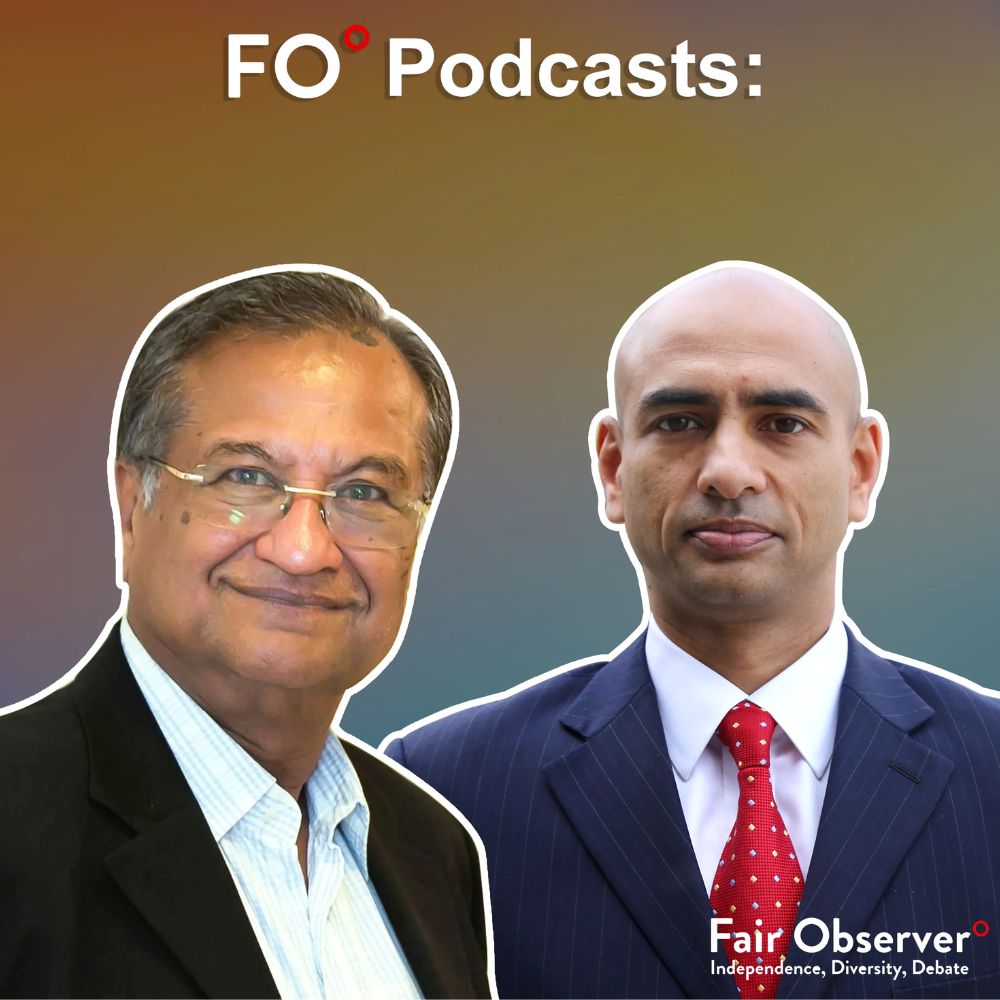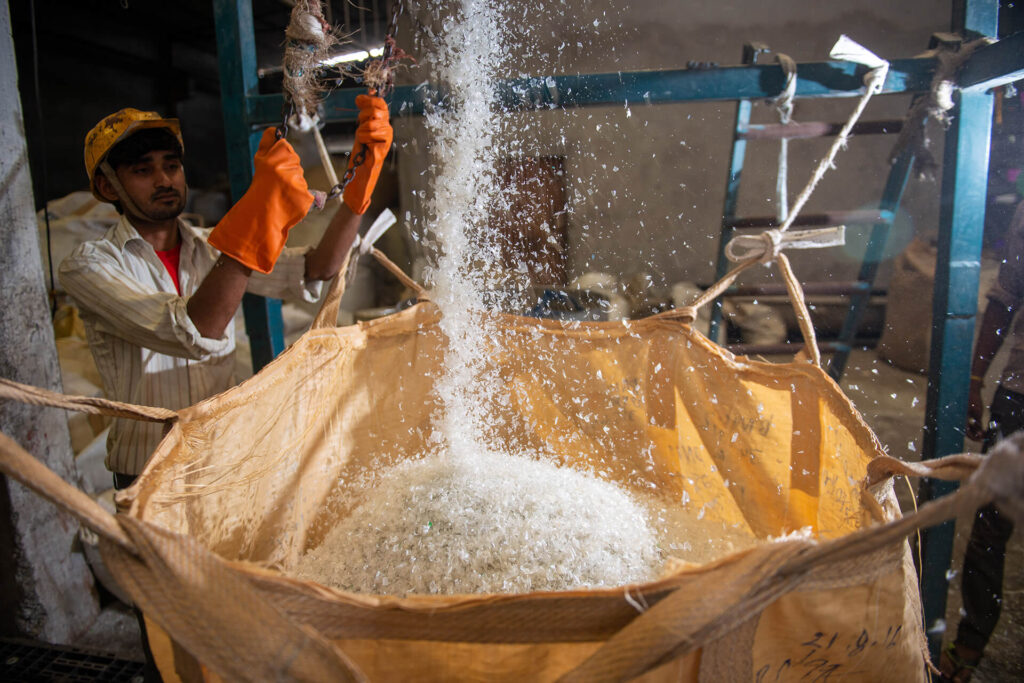The bureaucrats in India are called "Babu" in Hindi which also means father in the same language. They enjoy a father-like status across the country since the colonial era. In the independent India, they are credited with holding back the Indian economy for more than four decades by curtailing the entrepreneurial spirit of many Indians.
In fact India has been performing very poor until recently when it comes to economic freedom. People do enjoy the freedom to speak but not to start their own business. Politicians come and go after five years or so with few exceptions but a "Babu" retires after his full term and no one can fire him without running a trial at one of the lengthiest judicial court of India where one case may take 20 years to be disposed.
When China was liberated in 1949 it almost got rid of the old system and totally created a new bureaucracy from top to bottom. As the famous saying of chairman Mao goes: xian da sao fang jian. zai qing ke". Clean the house before inviting guests.
But the case was just the opposite in India. The country inherited an administration which was created by its British rulers to serve the interest of their Queen and the British parliament. The whole set of Indian Civil Services was designed and trained by the British with the aim of extracting maximum revenues from the local Indians. The same was the case with the Indian army which was trained to sing the song "Long live the Queen".
India's red-tapism started under the colonial rule when then British government held competitive examination in London to select some of the smart Indians to work as servants of British government. Now after 63 years of Indian independence, the country's native rulers have not much tempered with the colonial legacy gifted to them which was known for its "rule of law" and centralized administration.
Unlike China, the one thing good about India's bureaucrats is that there is no foreign worship when it comes to foreign nationals. They are equally good at curtailing foreign investment coming into the country.
A project may take years to get approval in India which would have been done in a month in China. In some cases the concerned minister (local or central) has to be approached to get the project approved. It was only recent reforms that some direct windows facilities were created for the foreign investors just to avoid the bureaucratic hackles.
The point we take back home is that it is difficult to overpass an Indian bureaucrat. After all these bureaucrats are selected by a very competitive examination process which has no parallel in the world. In fact some say that it was implemented by the British in India on the pattern of Chinese Imperial Examination to choose the Mandarin scholars known as "keJu zhidu".
India still practices the so-called" rule of avoidance" practiced in the Qing dynasty of China which required that a bureaucrat will not work in a region where their family lived, or where members of their family were in office. Every three odd years they are transferred which was also practiced during the Qing Empire.
Each year India selects its civil servants through a rigorous examination conducted in three stages: mainly the preliminary exam, the main exam and final interview. Each stage is equally important and the whole examination process lasts for more than a year. One is always advised to check his self-confidence before taking this exam as it may land you in a state of frustration if not successful in the four attempts allowed before the age of 30 years.
Out of hundreds and thousands of candidates each year, only between 200 to 300 candidates are finally selected to be sent for two year training in a hill station located in north India. This is the reason that Indian bureaucracy is still not as huge as China. The country has one of the lowest numbers of per capita officers and it believes in the concept of small government.
The minimum qualification for the exam is to be an undergraduate. But many of the top bureaucrats have higher degrees including doctorates, which they yearn after taking leave from the services. Most of Indian bureaucrats are self-proclaimed intellectuals or even possess a PhD degree or MBA from abroad in what is now becoming a trend in China too. But Chinese bureaucrats are supposed to buy degrees and not supposed to yearn it. If you happen to encounter an Indian bureaucrat you can drag him for a coffee and he will deliver a lecture for hours.
Last year Lant Pritchett, a professor at the John F. Kennedy School of Government of Harvard University published a manuscript on the efficiency of Indian bureaucracy and exposed the reality of intellectual bureaucrats in New Delhi. He was there to work for the World Bank and found the pathetic situation of the implementation of government policies planned at the Lutyens Delhi. He rightly decided to put a title to his report as "Is India a Flailing State? Detours on the Four Lane Highway to Modernization." His paper concluded that India has all the best policies and welfare major but it exists only on paper.
However I must remind here that what many believe that 'India has failed itself when it comes to governance and it is the private sector and NGOs who are running the show' are wrong. Some people do exaggerate the situation because of their frustration from the system. It is true that some middle class people may get stuck in the system and may not get the work done in time. But things are improving fast and people are becoming conscious of their rights.
There have been some honest officers who can run the one man show and things get moving. As the recent example of the Commonwealth Games in India displayed that despite various concerns the country did display an impressive show to the world.
Another successful example was the construction of Delhi Metro under the leadership of Mr. E. Sreedharan. who was figured in the TIME magazine for his excellence management of the Metro Project. New Delhi today boasts a world class new international airport and also a beautiful well connected Metro rail transport.
Despite all the pros and cons of Indian bureaucracy today each young Indian keeps it as his first choice when he decides his career plan. Some even decline Harvard and MIT offers just to serve the nation. Each year, the topper of the Indian civil services examination becomes a national hero and inspiration for others. Then he gets married with the daughter of a politician and thus the nexus is complete.
The writer is a PhD scholar at Peking University and teaches at Beijing foreign Studies University. He can be contacted at binod@126.com
Courtesy: https://www.chinadaily.com.cn/opinion/2010-11/08/content_11515582.htm


